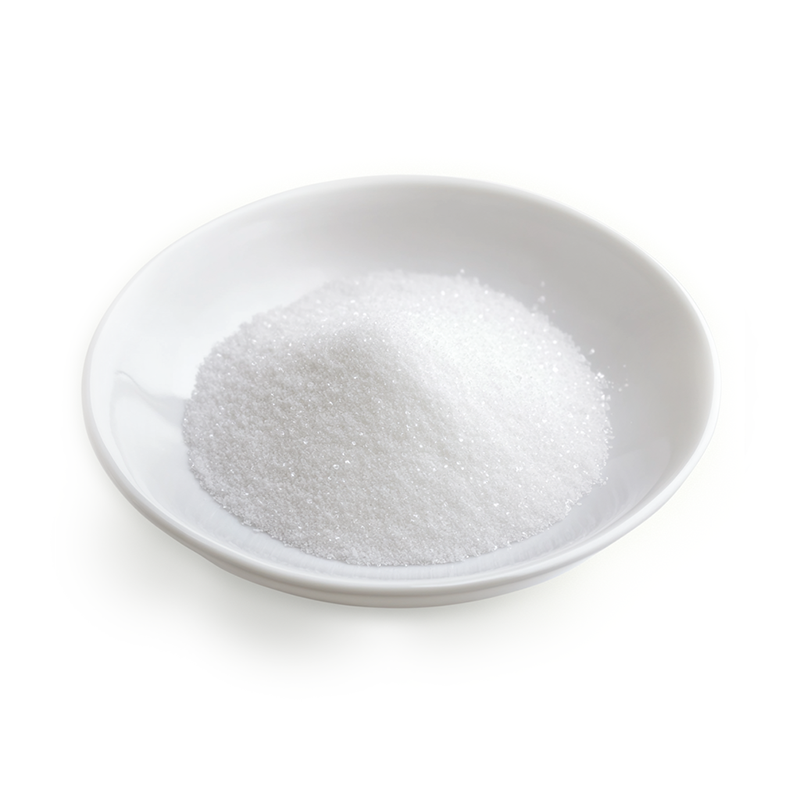Sodium tripolyphosphate (STPP) is now popularly utilized in food preservation because of its versatile uses and effectiveness in improving food quality. Its application as a food additive allows it to greatly augment the durability of many food products, thus satisfying the mounting need from customers towards preserved foods. In this blog, we will learn about the increasing need for sodium tripolyphosphate, its uses in food preservation, the advantages it presents, and the future directions of the industry.
Understanding Sodium Tripolyphosphate
Sodium tripolyphosphate refers to a white powdered crystal that is easily soluble in water. It is frequently applied as a food sequestrant, emulsifier, or a thickening agent. It is obtained from phosphoric acid and sodium carbonate’s STPP, which makes its use in the preservation of food safe and efficient. Its ability to enhance water retention helps reduce spoilage and improves the state of food products which is vital in modern society.
Uses in Food Preservation
Sodium tripolyphosphate has multi-functional applications in food preservation.Scanned moisturized and processed fish and meats, along with soy protein based food products, extensivaly capitalize on the STPP’s ability to enhance textural properties and retain moisture. For seafood, STPP enhances the firmness of fish and shrimps, improves preservation, and decreases freezer burn probability. In meat products, STPP increases their juiciness and tenderness, improving their consumer appeal. Furthermore, STPP increases dairy products and baked foods's shelf life and usefulness as a stabilizer.
Advantages of STPP Applications
Sodium tripolyphosphate is extensively used in food preservation due to its many advantages. First of all, STPP drastically improves the shelf life of perishable items – which is essential in today's world for manufacturers, and retail shop owners seeking to reduce waste compared to profits. Additionally, it improves the sensory aspects of food items like taste and texture which later boosts customer retail satisfaction. Moreover, sreduced expenses whilst keeping high quality, becomes an appealing alternative for food producers who want to maximize profits.
Changes in Supply and Demand in A Market and Industry
The preserved food market alongside the sodium tripolyphosphate market has been expanding and is projected to grow due to the increasing global demand. The growth of sodium tripolyphosphate market can be attributed to: increase in the birth rate across the world, increase in easy-to-prepare food consumption, and shift in eating patterns. Consumers want high quality foods that can be stored longer which makes STPP a useful ingredient in food preservation. At the same time, growing consumer concern regarding food safety and quality is enabling manufacturers to employ better preservation methods which increases the use of STPP, thus improving the market growth.
Key Takeaways
Exploring new uses and formulations with greater efficiency of STPP through ongoing development and research suggests positive outlook for sodium in tripolyphosphate food preservation. The growth of stronger domestic regulation on food additives focusing on health safety will change the use of sodium tripolyphosphate. Increased development in preservation methods will reduce the demand of STPP along with development of innovative technology in food preservation.
As mentioned earlier, sodium tripolyphosphate is increasingly critical in food preservation due to its effectiveness, multifunctionality, and cost-efficiency. With changes in consumer demands coupled with adaptations in the food industry, STPP will most surely serve a crucial purpose in food quality and safety.


